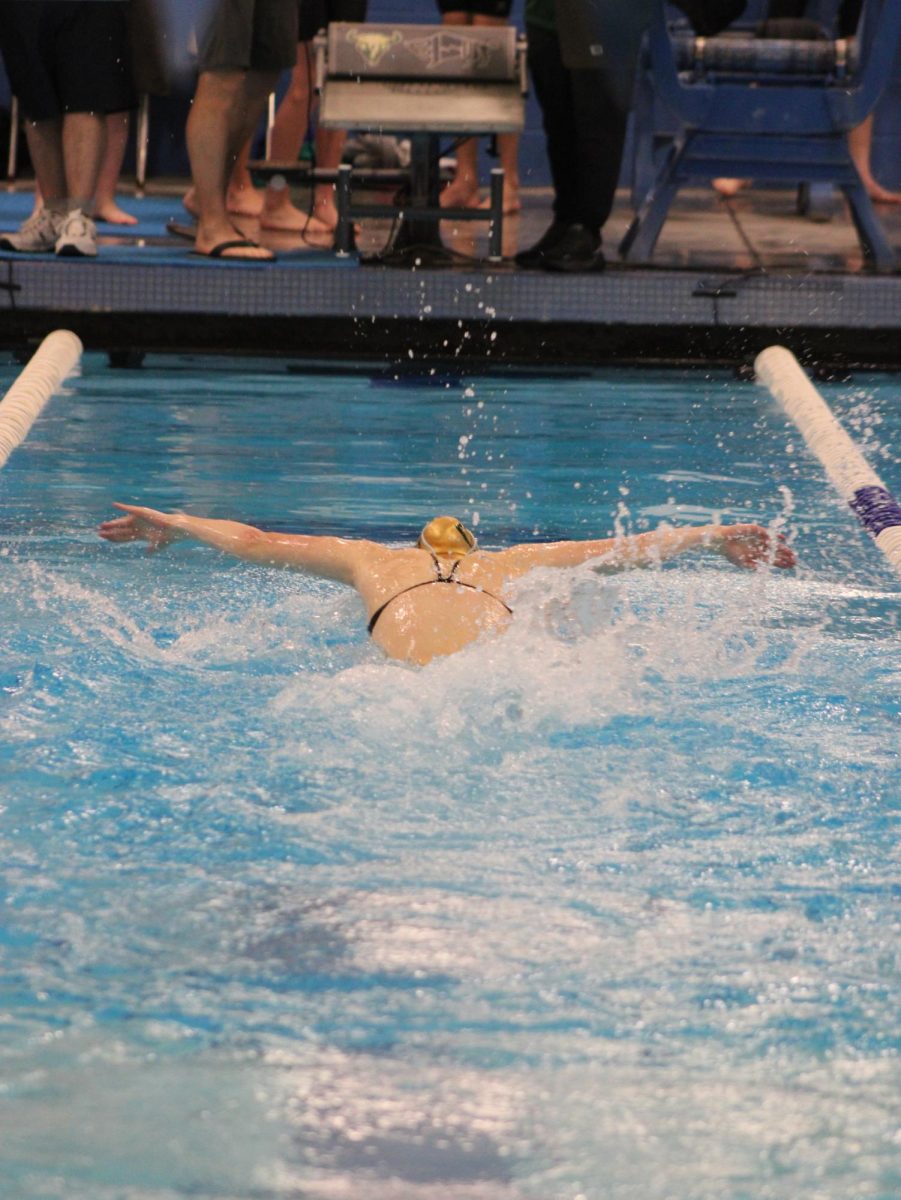Medieval dueling to the death and school clubs don’t usually relate, but for fencing club member and sophomore Petyr Botti-Anderson, it’s a weekly occurrence.
“I wanted to try a sport that was unique and different than usual athletics, and also because I like history and that is what fencing is sort of about,” Botti-Anderson said. He joined fencing a year and a half ago and said that he has been enjoying it ever since.
“The most fun part of fencing is being able to fight someone with a sword and not get in trouble. It helps release anger,” he said.
According to Botti-Anderson, fencing descended from medieval duels, in which two noblemen would fight. Later on, it was banned in most countries because it was brutal, and many people died. However, fencing is popular among many people today.
“Many famous people like Winston Churchill and Will Smith were fencers,” Botti-Anderson said.
Sophomore Wyatt Label has been involved in fencing club for two years and also enjoys the history of fencing.
“Fencing can be traced back to 1200 B.C. in Egypt. It is meant to imitate real armed combat but in a safe and controlled environment,” Label said.
According to Label, there are three types of fencing: foil, saber, and epee.
“Foil is the standard form of fencing that most people are familiar with. The legal points are only on the torso of the fencers. The weapon is a very thin, very light stabbing weapon,” he said.
Epee fencing is similar to foil fencing, but the entire body is a target and the weapon is stiffer and heavier. Label said saber fencing is done with a sword in order to score points by stabbing and slashing at the target only on the upper torso, and it is also his favorite type of fencing.
Although Label said he does not plan to pursue much fencing after high school, he has enjoyed his time fencing at CMR.
“I was inspired to join fencing because I have been sword fighting since I was a little kid, but I wanted to find a way to actually compete. When I found out about fencing club I thought it was the perfect opportunity,” Label said.
Fencing club advisor and teacher Scott Clapp began the club about eight years ago.
“It’s in my blood for me. It’s a really fun sport,” Clapp said. Clapp said he has been fencing since he was very young, and that the sport is never really mastered until after many years. Clapp said that although there are very few opportunities to fence outside of CMR in Montana, many other states have competing programs.
“It is an athletically challenging and demanding sport,” he said. Clapp said that fencing is a hobby that helps students at CMR stay in shape. He said that fencing requires a lot of endurance.
Clapp said that being in fencing club requires, “be[ing] able to put in the time [and] come to practice knowing we are here to work.” He said that fencing is considered a great martial art.
“It’s a great decision for mental and physical appliance.”







